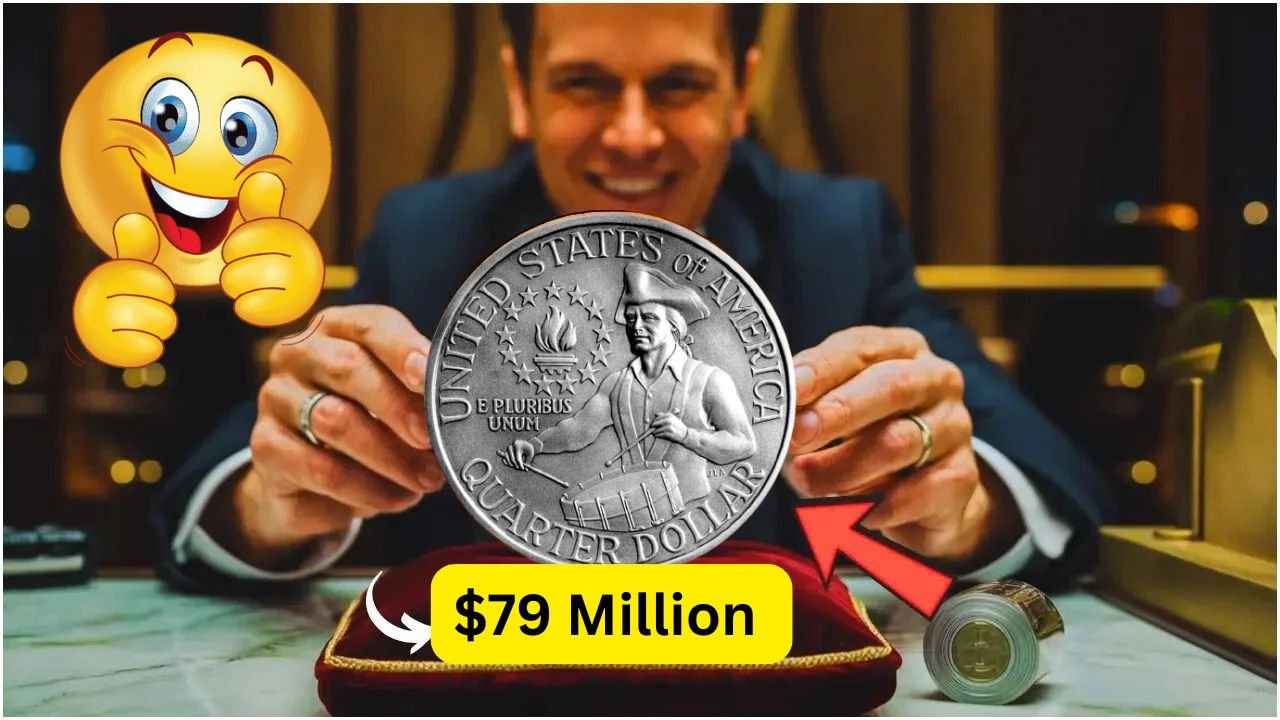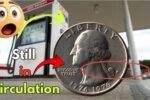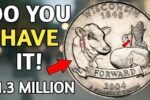Rare Dimes and Bicentennial Quarter Coins Value: Finding a rare coin is like discovering buried treasure, and sometimes that treasure could be sitting quietly in your wallet or coin jar. Recently, a wave of excitement has spread among coin collectors and history enthusiasts after news broke about certain rare dimes and Bicentennial quarters being valued at an astonishing $79 million each. These coins are not just pieces of metal; they are historical artifacts, works of art, and tangible pieces of the past.
Why These Coins Are So Valuable
The value of a coin is determined by several factors such as rarity, condition, historical significance, and demand among collectors. In the case of these rare dimes and Bicentennial quarters, it is the combination of extreme rarity and cultural importance that has pushed their worth into the millions. Coins with minting errors, unique markings, or limited production runs often attract intense interest, and when they are tied to significant historical moments, their value skyrockets.
The Story Behind the Bicentennial Quarter
The Bicentennial quarter was minted in 1975 and 1976 to celebrate the 200th anniversary of American independence. Unlike regular quarters, it featured a special reverse design showing a colonial drummer, alongside the dual date “1776–1976.” Most of these quarters are worth only face value, but a tiny fraction were minted with unique characteristics such as rare compositions, minting errors, or proof qualities. It is this select group that has drawn jaw-dropping valuations in the numismatic market.
Rare Dimes That Command Millions
While quarters get much of the spotlight, certain rare dimes have also stunned collectors with their value. These include limited-mintage coins, dimes struck in error, or those made with unusual metals. For example, a 1894-S Barber dime is one of the rarest coins in U.S. history, with only 24 pieces originally minted. In pristine condition, such coins can reach astronomical prices, and their rarity makes them almost impossible to find in circulation today.
How to Identify a Rare Coin in Your Collection
Recognizing a rare coin is not always simple. Key things to look for include unusual dates, mint marks in unexpected places, double-strikes, off-center prints, or unexpected metal coloration. The condition of the coin also matters greatly — coins that are in uncirculated or proof condition are worth far more than those that are worn or scratched. Even small differences in design details can mean the difference between a regular coin and a multimillion-dollar treasure.
The Role of Coin Grading
Professional coin grading is the process of having your coin examined and authenticated by experts who assign it a grade based on its condition. Organizations like PCGS (Professional Coin Grading Service) or NGC (Numismatic Guaranty Company) provide certificates of authenticity that can drastically increase the coin’s market value. This step is essential if you believe you have found a potentially rare and valuable piece.
Table: Examples of Rare Coins and Estimated Values
| Coin Name | Year(s) Minted | Special Feature | Estimated Value Each |
|---|---|---|---|
| Bicentennial Quarter (Rare) | 1975–1976 | Minting error / special composition | $79 million |
| 1894-S Barber Dime | 1894 | Only 24 minted | $79 million |
| 1916-D Mercury Dime | 1916 | Low mintage, high demand | $1 million+ |
| 1873-CC No Arrows Dime | 1873 | Extremely rare Carson City mint issue | $3 million+ |
The Impact on Coin Collecting Today
The discovery of coins worth millions has sparked renewed interest in numismatics. Hobbyists, treasure hunters, and even casual collectors are now taking a closer look at their loose change. Coin shows, online auctions, and collector forums are buzzing with stories of lucky finds. This surge of enthusiasm also benefits the broader historical preservation movement, as more people appreciate the artistry and heritage embodied in these coins.
Protecting and Selling Rare Coins
If you discover a potentially rare coin, it’s important to store it properly to prevent damage. Coins should be kept in protective holders, away from humidity and direct sunlight. Selling a rare coin should be done through reputable dealers, auction houses, or certified coin brokers to ensure you receive a fair price.
FAQs
Q: How can I tell if my Bicentennial quarter is worth millions?
A: Check for unique features such as minting errors, unusual metal composition, or proof quality. Having it graded by a professional service is the best way to confirm its value.
Q: Are rare dimes still found in circulation today?
A: While it’s extremely rare, some valuable dimes do turn up in everyday transactions, especially from older collections being spent unknowingly.
Q: Why would a coin be worth $79 million?
A: The value comes from extreme rarity, historical importance, collector demand, and sometimes a famous ownership history that adds prestige.




